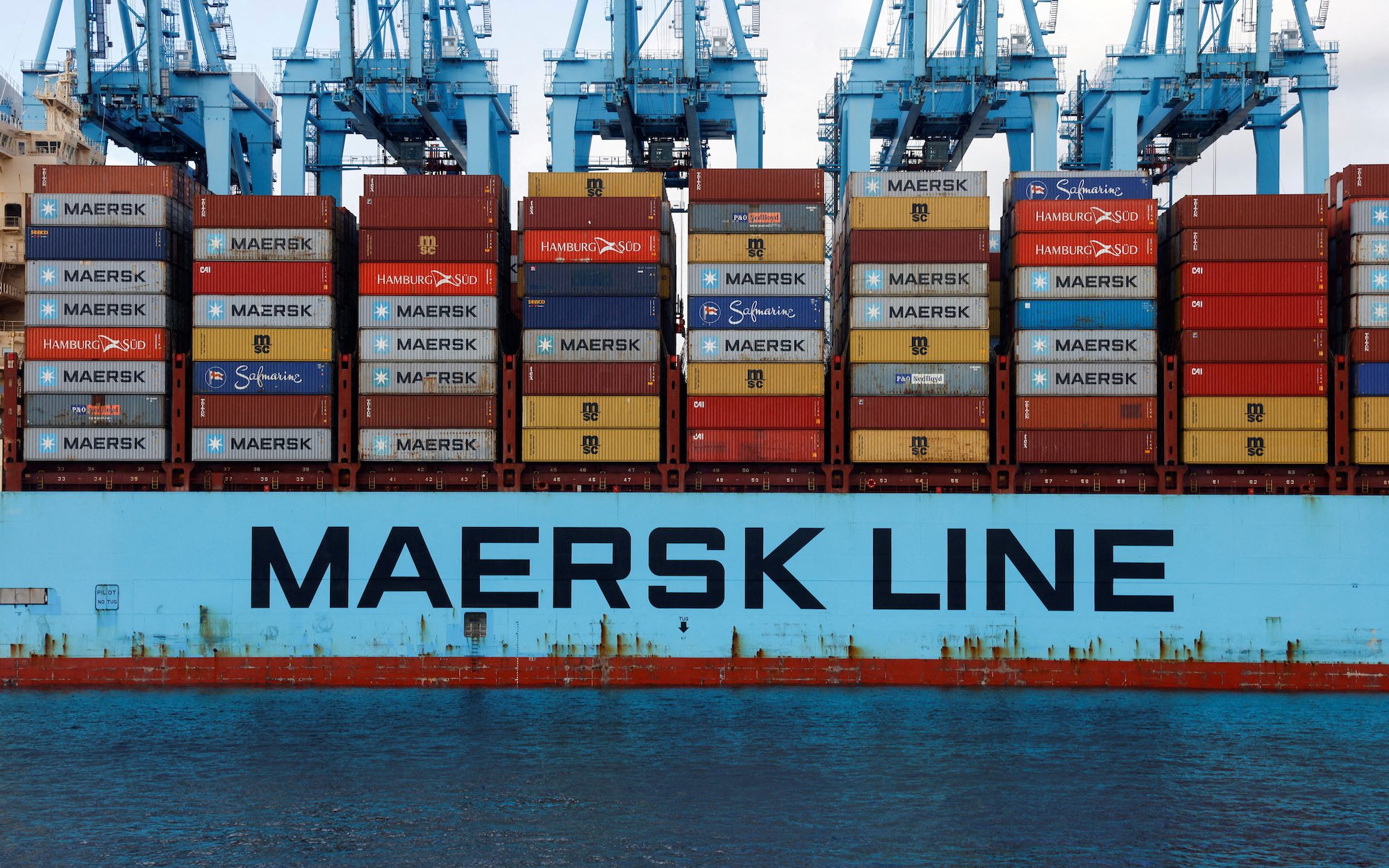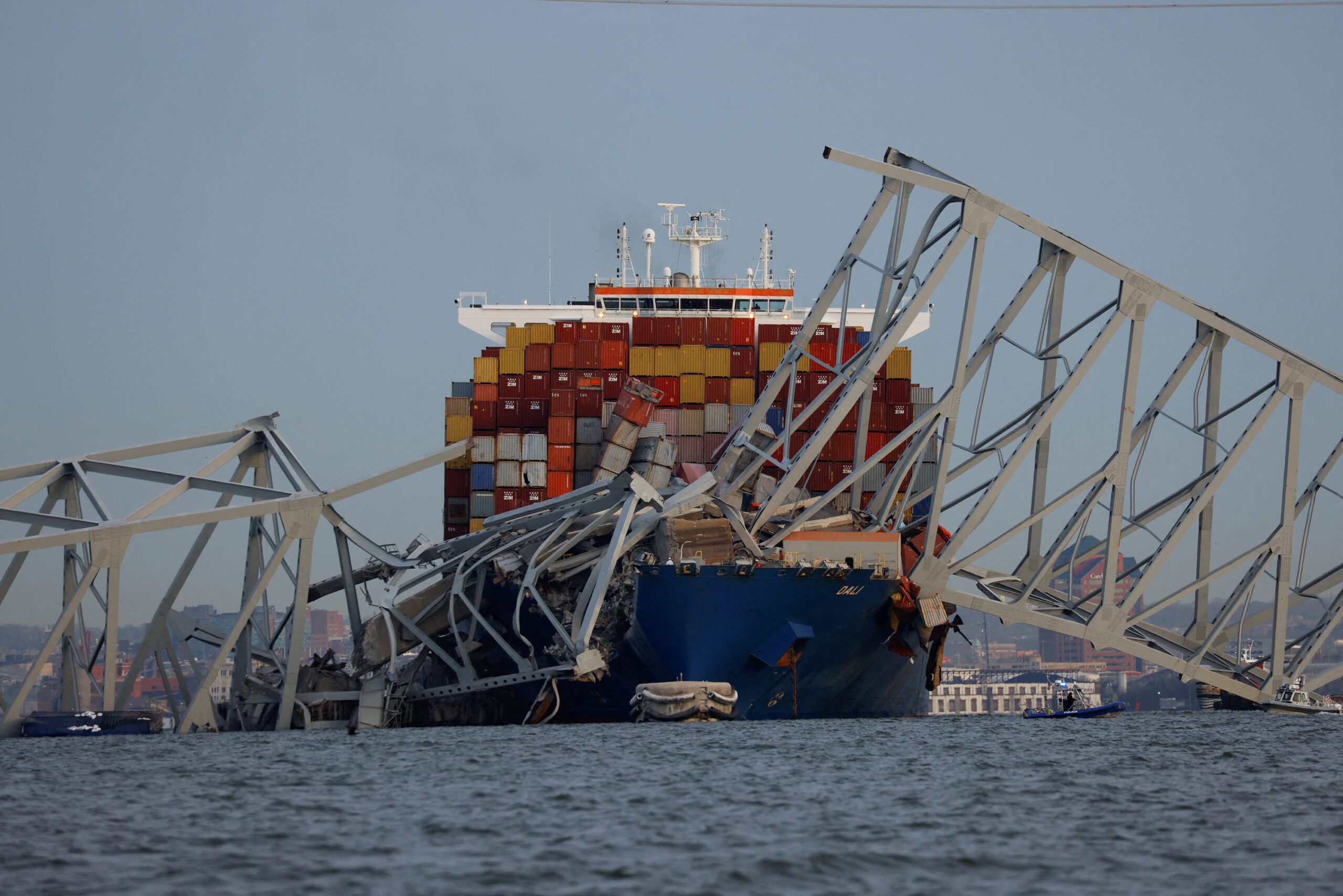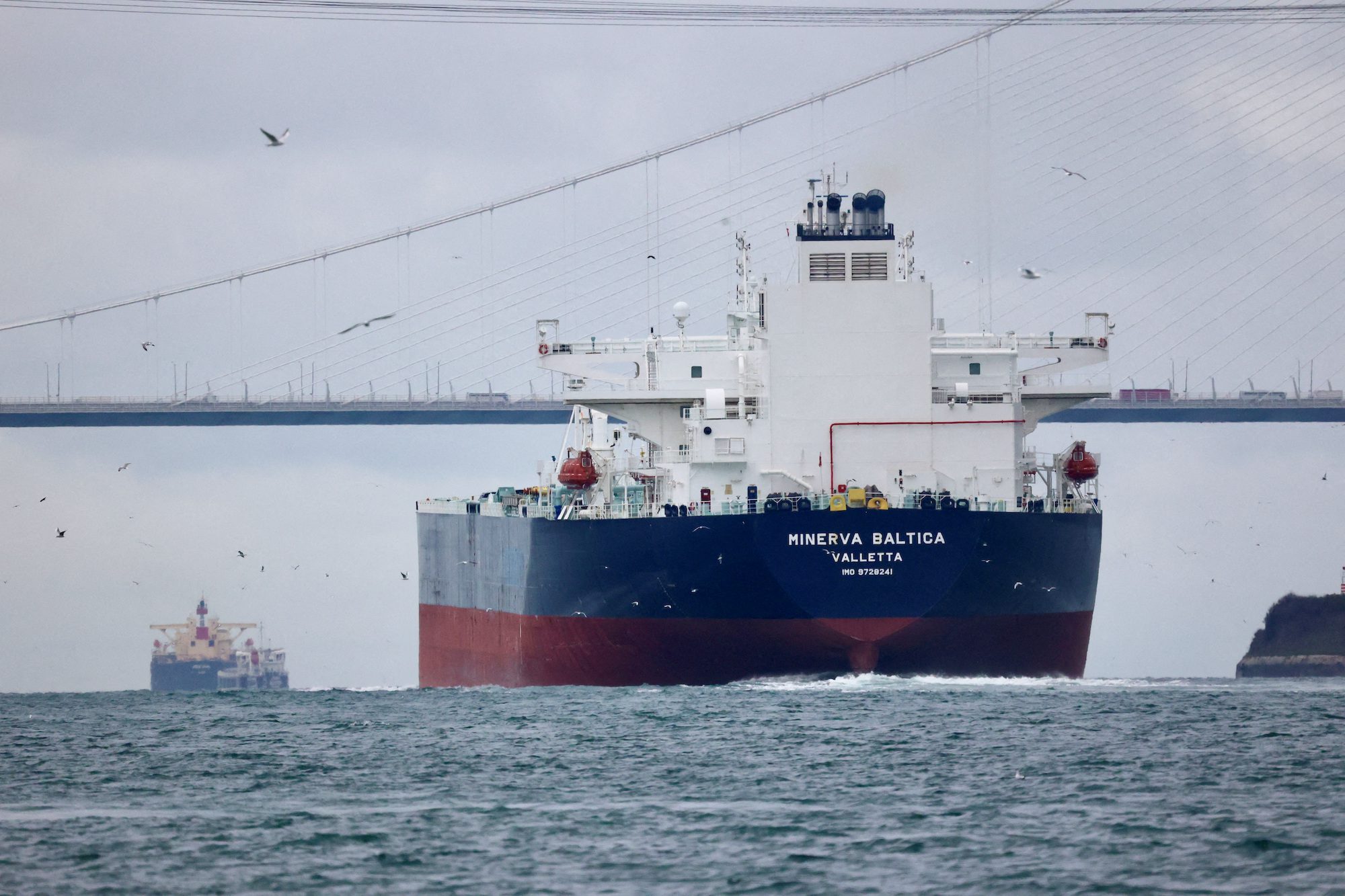GasLog Seattle. Photo: GasLog
By Liam Denning
(Bloomberg Gadfly) — GasLog Partners LP is an unsexy business operating in decidedly ugly times. So, naturally, it’s worth a look.
GasLog operates a fleet of ships ferrying cargoes of liquefied natural gas, or LNG, around the world. LNG, whereby gas is chilled to an ungodly temperature, turning it into a liquid, allows gas to be sold by tanker to customers in far-off markets where building a pipeline is infeasible — say, from Australia to Japan.
Building giant plants to refrigerate gas is expensive, and the boom in LNG has turned to bust as — in a textbook example of how commodity markets tend to work — many such plants opened up precisely as prices for the fuel dropped:
Investment has come to a virtual standstill, with only one major project — an expansion of a BP plant in Indonesia — getting the go-ahead last year.
Still, LNG’s growth prospects remain good over the longer term. Gas is cleaner to burn than coal and the low prices engendered by the excessive build-out will also help to spur demand.
The International Energy Agency’s long-term growth projection for global gas demand is 1.5 percent a year — far faster than for oil or coal — and LNG is expected to take more of the market from pipelines over time. What isn’t clear is when the LNG market will tighten again, with estimates ranging from 2019 to the early 2020s.
All of this puts GasLog Partners in a better light.
First, it isn’t dragged down by the weight of underutilized LNG plants built during the boom, because it never built any. It just ships the stuff around on mostly fixed charters. So extra volume, while hardly great for gas prices in general, means more demand for tankers.
Barclays estimates global LNG supply will rise from about 245 million tonnes a year in 2015 to 350 million tonnes by 2020. Meanwhile, orders for new tankers have, like final investment decisions on new LNG plants, dropped off a cliff.
There are already tentative signs of a bottom forming in LNG tanker pricing. Spot rates for tankers operating west of Suez, for example, are nudging $50,000 a day so far this year, compared to about $30,000 this time last year, according to data from Fearnleys, a shipping consultancy.
This offers some comfort on the impact of contract renegotiations; with five of GasLog Partners’ nine tankers due to roll off contract in 2018 and 2019, some hit to pricing looks inevitable. By then, though, the drop-off in LNG plant and tanker investment should have led to noticeably tighter conditions or brought them into view on the horizon.
Unsexy But Not Ugly: LNG Shipping
What gives GasLog Partners some ballast in these rough waters, though, is an 8.4 percent dividend yield. GasLog Partners is a master limited partnership; like all MLPs, it peered into a the abyss about a year ago as investors dumped anything energy-related:
That payout, which GasLog Partners didn’t cut during last year’s tumult and just raised, looks affordable even if the next few years prove stagnant.
The consensus estimate for Ebitda in 2017 is $179 million, according to figures compiled by Bloomberg. Assume roughly $80 million a year in interest and maintenance costs. Even if Ebitda stays flat through the following two years, GasLog Partners could afford to raise its payout by 7.5 percent each year and still maintain a coverage ratio on its dividend greater than one and keep net debt below its threshold of four times Ebitda, according to Gadfly calculations. That’s an implied yield of more than 10 percent for 2019.
More likely is that GasLog Partners will continue to grow by acquiring more tankers from its parent, GasLog Ltd. Assume it buys a new ship each year through 2019, with each one earning annual Ebitda of $20 million, at an average price of 9.5 times Ebitda (in line with its most recent purchase in November). Assume GasLog Partners finances these deals with 60 percent debt and 40 percent by selling new units. Under this scenario, it could raise its payouts by 10 percent a year through 2019, and net debt would only rise to a manageable 4.1 times by the end of the period.
Indeed, the recovery in MLP valuations and the clearing of the decks on LNG supply and demand mean that GasLog Partners’ main acquisition currency — its own units — should become more potent over time. Investors getting a yield of 8 percent-plus can probably stomach some rough conditions along the way.
This column does not necessarily reflect the opinion of Bloomberg LP and its owners.
© 2017 Bloomberg L.P
Unlock Exclusive Insights Today!
Join the gCaptain Club for curated content, insider opinions, and vibrant community discussions.

 Join The Club
Join The Club












